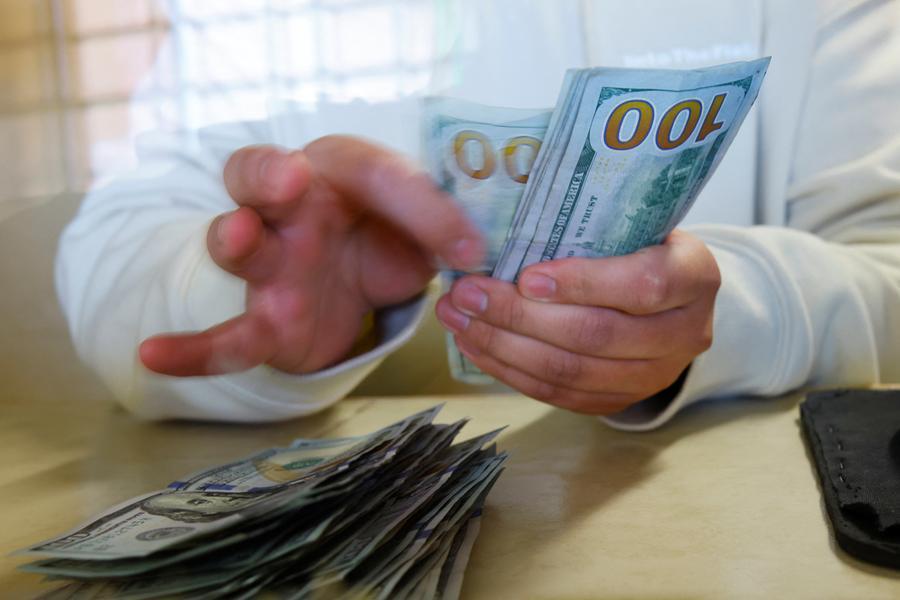Another angle on de-dollarisation
As far as we can tell the vast bulk of the argument relating to de-dollarisation and its possible role in reducing the value of the dollar has been couched in terms of FX reserve holding.

International dollar lending in Q4 2022 was close to USD13 trillion according to the BIS, almost three times the size of the next closest currency – the euro.
>> Will the US dollar move by the end of the FED’s tightening cycle?
This is because the proportion of FX reserves held in dollars has been in decline and with it, there have been notable reductions in treasury holdings by some countries – China in particular. There has not been much focus on other areas where the US dollar dominates, such as international lending. But there are changes happening here too, and these could also undermine the US dollar in the long haul.
What we notice about the data on international currency lending is that there has been a sharp decline in US dollar lending while others, such as the euro and yen have seen their roles increase quite noticeably over the past year or more. Of course, the US dollar still dominates.
International dollar lending in Q4 2022 was close to USD13 trillion according to the BIS, almost three times the size of the next closest currency – the euro. However, international lending in dollars has fallen by close to 4% in annual terms and that’s more than we saw during the global financial crisis when, don’t forget, banks basically shut up shop when it came to extending credit.
Now clearly we could argue that this decline in the demand for international dollar loans simply reflects the fact that the Fed has hiked rates 500-bps and borrowers have balked at the cost, especially in light of the weak economic backdrop. But in the Standard Bank’s view, there are two things to mention here.
The first is that if we look at dollar lending inside the US, we see no such slowdown in the BIS figures. For here non-financial borrowers saw their liabilities rise by 5.6% in the year to Q4 2022.
A second point is that international lending in euros has risen by 8% over the same period and, as we know, the ECB has been lifting rates just like the Fed. Hence it seems from this that rising US rates cannot be blamed entirely for the fall in international dollar lending. Clearly at this stage, it is hard to say whether the relative fall in dollar lending and rise in euro – and yen – lending is temporary or permanent. We also don’t know whether a long-lasting change in international lending patterns could have any bearing on the value of the US dollar.
>> De-dollarisation: Be careful what you wish for
This being said, a recent paper on the impact of global lending patterns on the value of currencies does suggest that a reduction in international dollar lending compared to other major currencies is likely to weaken the dollar over time. The authors specifically look at the scenario of a rise in international dollar lending and argue that non-US banks that facilitate such loans have a tendency to source a good part of the liquidity they need through the FX swaps market which, in turn, tightens this market and lifts the value of the dollar.
Another way to look at it is that those banks on the other side of the swap (usually US banks) find themselves with excess foreign currency liquidity because of the swap given that they won’t be on-lending the foreign currency to the end borrower (unlike the non-US banks). This could lead the bank (s) to reduce excess foreign currency liquidity by selling into the spot market. If this all works in reverse, as international dollar lending falls and funding markets like FX swaps ease, then the dollar should decline.
Of course, it is early days yet and, as we have said, the relative decline in dollar lending may be a blip, not a trend. However, if it does turn out to be a trend it could add another string to the bow of those that claim de-dollarisation will reduce the value of the dollar over time.








